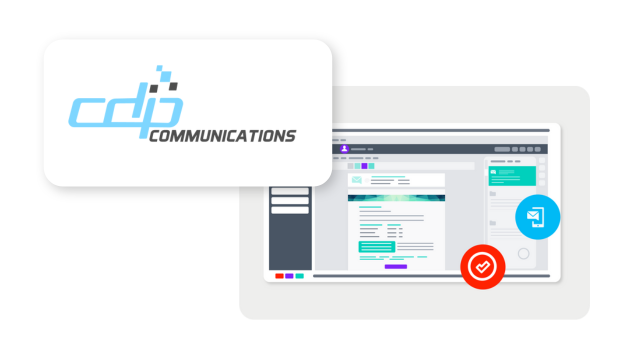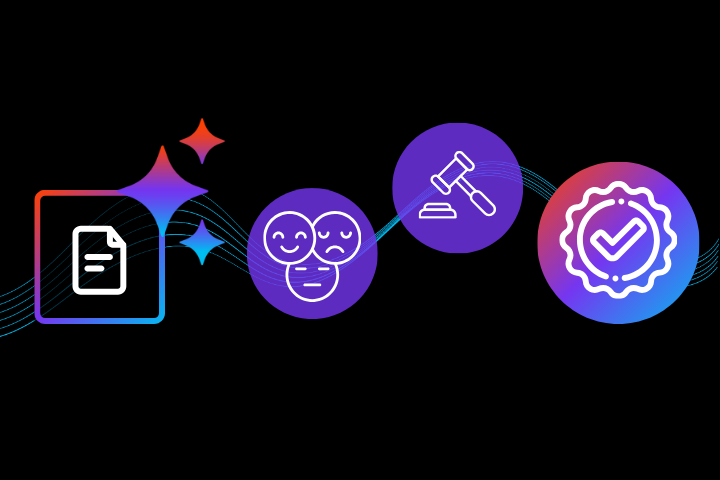
Businesses in the UK are facing steadily rising costs that threaten to disrupt cash flow and reduce profits. It’s a problem that can’t be ignored, and the sooner action is taken, the sooner the impact can be mitigated.
With higher National Insurance Contributions, rising Business Rate Bills, and an increase in the National Living Wage, organisations must take practical steps to minimise costs and protect their bottom line. Smart financial automation can help businesses stay efficient and resilient and is increasingly becoming the weapon of choice to help organisations accomplish these goals.
The Top Cost Pressures Facing Businesses in 2025
1. Higher National Insurance Contributions – More Costs for Employers
As of April 2025, businesses are facing higher employer National Insurance (NI) contributions, increasing the cost of hiring and retaining staff. NICs will increase from 13.8% to 15%, with the threshold at which employers start paying NICs reducing from £9,100 to £5,000 per year. With margins already tight for many companies, this means finding ways to reduce other operational costs is imperative.
2. Rising Business Rate Bills – A Bigger Tax Burden
Business rates have increased, increasing pressure on companies that rely on physical premises. These higher business rates mean higher overhead costs - making cash flow management critical.
3. National Living Wage Increase – Higher Payroll Expenses
The National Living Wage has increased, meaning higher wage bills for businesses employing lower-paid workers. While this will undoubtedly increase employee happiness and help with retention and recruiting, it does add another financial strain on SMBs, particularly in industries like hospitality and manufacturing.
How SMBs Can Offset These Rising Costs
While increased costs are an undeniable reality, that doesn’t mean that SMBs are helpless. Adopting an accounts receivable (AR) automation solution is one of the easiest and most effective steps a business can take to protect their bottom line and optimise cash flow.
“AR automation brings visibility to cash flow and payment forecasting, reducing errors and delays in the process. The automation of invoice tracking allows businesses to streamline AR operations, reducing costly mistakes and improving cash flow management.” - PYMNTS
Here’s how AR automation can help:
✅Reduce late payments – With customisable collection workflows and a seamless payment experience, automation helps companies collect. AR automation software manages and optimises every step in the process from invoice presentment to cash application. Predictive analytics help identify potential late payors so you can strategically work with their accounts to keep them current. Implementing these tools leads to an average 34% reduction in Days Sales Outstanding (DSO).
✅Eliminate manual work – Not only is manual work time-consuming, but it is prone to errors. It’s a generally accepted number that one in every one hundred data entries is incorrect. While that doesn’t sound like much at first, imagine the cumulative impact it can have, causing challenges like invoice disputes and inaccurate cash flow forecasting. AR automation helps you reduce manual work by 50%, reducing the chance of errors and freeing up your team to focus on more strategic work.
✅ Perfect your credit management – Comprehensive credit management allows you to eliminate the need for external credit checks by leveraging intelligent, inbuilt credit scoring. The customer scorecards let you adjust limits according to buyer profile and allow your team to make instant credit decisions to drive faster sales processing. Access to multiple data sources provides insight into your customers’ payment behavior. AI studies past transactions to build a profile of whether the customer is likely to be a reliable payor, allowing you to work more strategically.
✅ Improve customer satisfaction – Automation doesn’t just benefit your internal finance team; it improves your customer experience. AR automation software provides an online payment portal for your customers, allowing them to access their accounts, make payments, and raise disputes. When disputes occur, AI assesses the nature of the dispute, taking immediate action when possible, such as a request for an invoice, and then prioritises remaining disputes in a queue for follow-up. Disputes are resolved quickly, decreasing the risk of customer frustration and getting money into your account faster.
✅ Master your data – With AR automation, you can quickly build custom reports around the KPIs that matter to your organisation. Tools like AI-assisted predictive analytics allow you to anticipate customer payment behaviour with 94% accuracy, which helps your AR team work strategically. Reports can be quickly contextualised with easy-to-understand charts and graphs, helping you gain actionable insights into your data.
“The consistency of how the business is running, knowing nothing is falling through the cracks…as a CEO that’s priceless. I know that we have a world-class workflow and receivables operation because we have Quadient AR.” · Rob Castaneda, CEO, ServiceRocket
Future-Proof Your Business with AP Automation
With rising costs hitting SMBs from multiple angles, efficiency and cost savings are no longer optional- they’re essential. Businesses that embrace automation and smarter financial management tools will be better positioned to navigate these challenges.
Quadient’s AR Automation solution helps SMBs take control of their financial processes, reduce late payments, optimise customer experience, and improve cash flow management—giving them the agility they need to thrive in 2025 and beyond.
📩 Want to learn more? Check out our eBook — How to Digitally Transform Finance in 2025 — to see how AR automation can help your business stay ahead.





